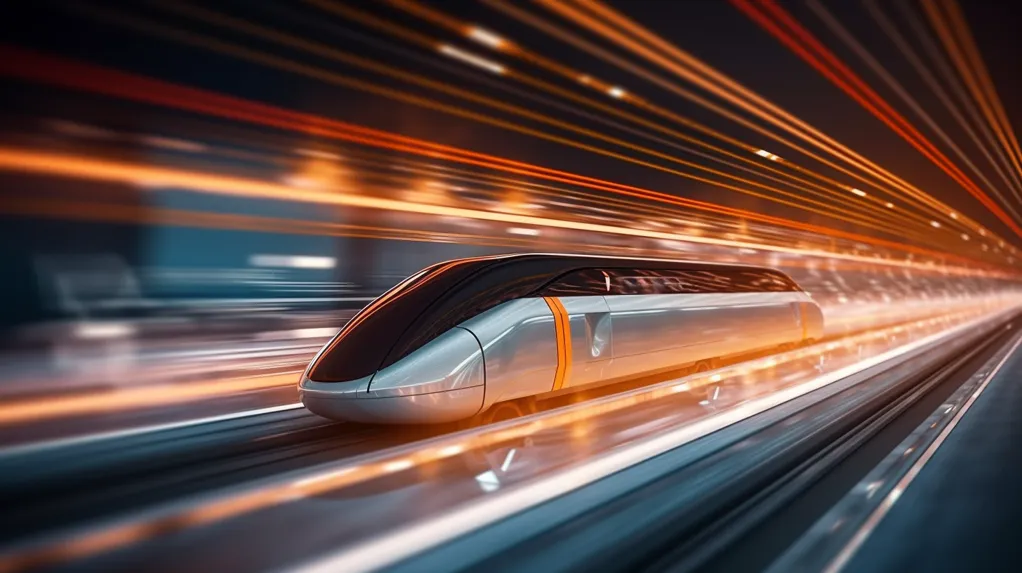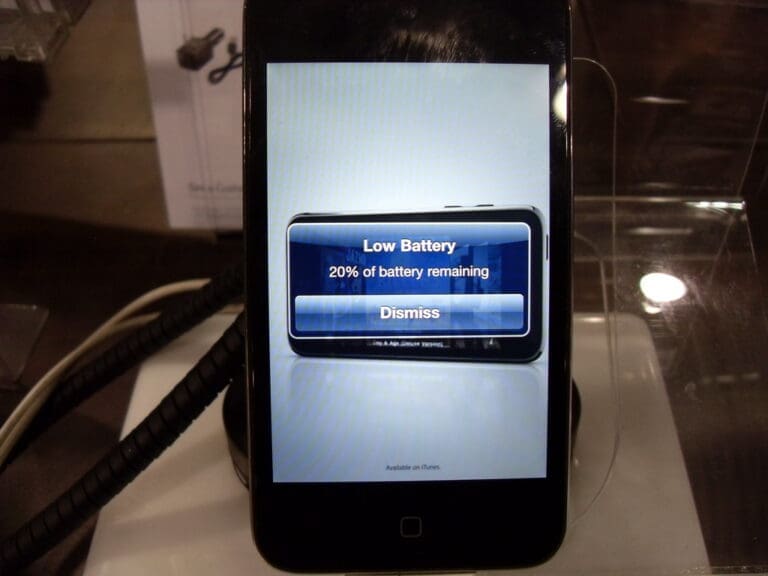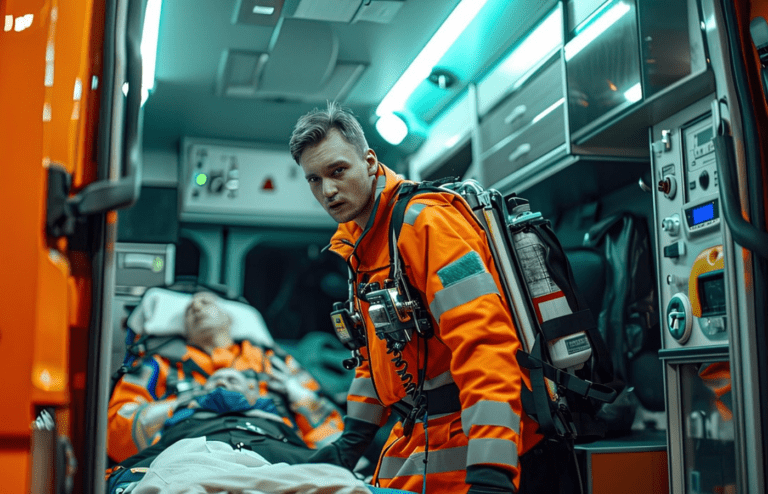The transportation landscape is on the cusp of a technological revolution. As our world becomes more interconnected and the demand for efficient and sustainable transportation grows, innovators are pushing the boundaries of what is possible.
In this article, we will explore seven futuristic transportation technologies that have the potential to transform the way we travel, offering faster, safer, and more sustainable options for commuters and adventurers alike.
7. Hyperloop: Reinventing High-Speed Travel
One of the most highly anticipated transportation technologies is the hyperloop. Conceived by Elon Musk, this concept envisions a network of low-pressure tubes through which magnetically levitated pods would travel at incredible speeds, potentially surpassing 700 mph (1,100 km/h).
The hyperloop promises to revolutionize long-distance travel by reducing journey times and alleviating congestion on traditional transportation networks.
Companies like Virgin Hyperloop and SpaceX are already testing prototypes, and the technology could be a game-changer for intercity and even cross-country travel.
6. Autonomous Vehicles: Driving Us into the Future
Autonomous vehicles (AVs) have been making headlines for several years, and their potential impact on transportation cannot be overstated. These self-driving cars have the potential to drastically reduce accidents, improve traffic flow, and provide greater accessibility for individuals with limited mobility.
Major automotive and tech companies such as Tesla, Google’s Waymo, and Uber have invested significant resources in developing and refining AV technology. As autonomous technology continues to advance, we can expect to see safer and more efficient roads, leading to enhanced transportation experiences for all.
5. Vertical Takeoff and Landing (VTOL) Aircraft: The Skies of Tomorrow
Imagine skipping traffic congestion altogether by taking to the skies in your personal air vehicle. This is what Alef is pitching now with their Model A flying car.
VTOL aircraft, also known as flying cars or air taxis, offer a glimpse into a future where air transportation is no longer limited to commercial airliners and helicopters. These electric-powered aircraft can take off and land vertically, eliminating the need for traditional runways.
Companies like Alef, Uber, Boeing, and Airbus are investing in VTOL aircraft technology, aiming to create a fleet of on-demand air taxis that could revolutionize urban mobility, shorten commute times, and reduce carbon emissions.
4. Maglev Trains: Riding on Magnetic Levitation
Magnetic levitation, or maglev, trains have the potential to redefine high-speed rail travel. Unlike traditional trains, which rely on wheels and tracks, maglev trains float above the tracks using magnetic repulsion, significantly reducing friction and allowing for speeds that exceed 300 mph (480 km/h).
This technology has already been successfully implemented in countries like Japan and China, where maglev trains are in operation. Maglev trains offer faster and smoother journeys, making them an attractive option for long-distance travel, with the potential to connect cities and regions in a more sustainable way.
3. Electric Vertical Takeoff and Landing (eVTOL) Drones: Changing Urban Transport
eVTOL drones, also known as electric air taxis, represent an exciting development in urban transportation.
These small, electric-powered aircraft have the ability to take off and land vertically, making them well-suited for navigating congested cities. With their compact size and autonomous capabilities, eVTOL drones could revolutionize delivery services, emergency response, and even personal transportation within urban areas.
Companies like Volocopter, Joby Aviation, and Airbus are leading the way in eVTOL drone development, aiming to create a future where commuting through the air becomes a reality.
2. Hyperloop-Style Vacuum Trains: Speeding through Tubes
Building upon the hyperloop concept, hyperloop-style vacuum trains propose an alternative to traditional train travel.
Instead of using maglev technology, these trains would operate in low-pressure tubes, reducing air resistance and allowing for even higher speeds. By eliminating friction and drag, hyperloop-style vacuum trains could potentially reach speeds exceeding 700 mph (1,100 km/h), effectively revolutionizing long-distance travel.
While the technology is still in its early stages, companies like Elon Musk’s The Boring Company and Hardt Hyperloop are exploring the possibilities and potential benefits of this innovative transportation method.
1. Supersonic Travel: Breaking the Sound Barrier
Supersonic travel, once a reality with the Concorde, could make a comeback with the development of new supersonic aircraft. These aircraft, capable of flying faster than the speed of sound, would drastically reduce long-haul flight times.
Companies like Boom Supersonic and Aerion Supersonic are working on developing supersonic aircraft that are quieter, more efficient, and accessible to a wider range of travelers.
While there are still challenges to overcome, the re-emergence of supersonic travel could redefine international air travel, making it faster and more convenient than ever before.








